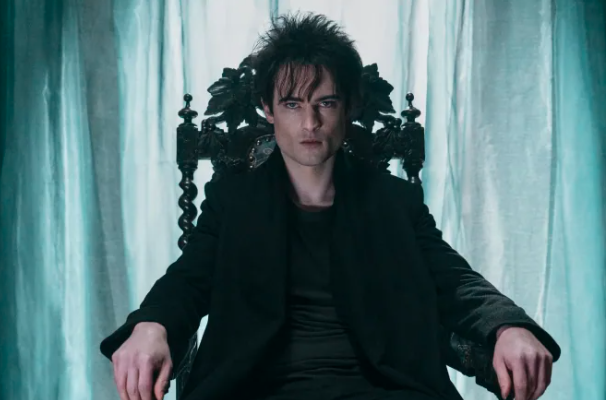It has taken 35 years, a journey through development hell, a bidding war, and more than a few nightmares, but author Neil Gaiman believes he has finally achieved the impossible. He brought The Sandman to the big screen without spoiling the story.
The comic, which he first drew in 1987, had an original edition at DC Comics from 1989 to 1996. Among those who have read it, The Sandman has achieved cult status as one of the most influential literary works and creative to get out of the world of comics.
But despite spawning a Hugo Award-winning prequel, a whole universe of spin-offs so popular that some are already turning into their own series, and millions of fans clamoring for a TV or film adaptation, it never has. success.
In an interview with CBC, creator Neil Gaiman had previously stated that bringing this story to the screen was not possible. The Sandman follows the somewhat titular character (more commonly referred to as Dream, but also referred to as Morpheus, Lord Shaper, Kai-ckul and yes, Sandman) as he rules his domain: the land of dreams where all living things go when you sleep and where everything you’ve always dreamed of becomes reality.
This puts virtually all imaginary beings – and some real beings important enough to assume mythical status – firmly within Gaiman’s reach. Reading The Sandman is like taking part in humanity’s greatest crossover episode: everyone from other DC superheroes to the ancient Egyptian gods, to Shakespeare, Lucifer, God and Cain and Abel, helps and supports the Lord of dreams. Loki – the Norse god most recently famous for his leading role in the Marvel Cinematic Universe – also has a role to play in the long storyline established by The Sandman books.
Gaiman himself has spent decades crushing attempts to bring his creation to the screen; It was just too much for a traditional movie or TV show. Featuring a genre leap between horror and fantasy (while hitting everything else too), fantastic visuals from some of the medium’s most influential artists (original Sandman artist Dean McKean even stepped out of retirement to create the show’s credits) and a philosophical and threatening subject, it proved too difficult for any writer for thirty years.

And When Did They Try Anyway?
“All that happens is you break your heart trying to create a storyline that will actually be Sandman,” he said.
It was only when the way we make and watch TV series was reinvented that Gaiman really thought The Sandman could work outside of a comic.
“I think that’s the thing where what was a huge bug suddenly became a feature,” he said. Just a decade ago, a two-hour film was considered the place for high-budget storytelling, and TV shows were locked into a rigid 21 or 42-minute frame. Streaming opened it.
Colin Farrell and Ron Howard delve into the making of their rescue drama Thirteen Lives
Batgirl will not see the light after Warner Bros. has canceled the release
“Times have changed and suddenly the idea of having a 3,000 page story that you could turn into 40, 50, 60, 70, 80 hours of quality television – is becoming something that is actually an amazing and wonderful feature. . “
The final product, launched today on Netflix, only scratches the surface of the original material (for comic fans, season 1 extends to the Doll’s House story arc in issues 9-16), but still manages to hold its own. introduction quite a bit of the world and its characters.
This, of course, includes Dream himself, played by British actor Tom Sturridge, who was confronted with another central issue of the story. How do you play a character who isn’t even human, who walks through comics with total detachment from living beings, as someone who really cares about the audience?
“I think it’s emotional, but I think it has to necessarily hide that emotion,” Sturridge said.
The show is about the supporting characters as well as Dream and sometimes more about them.
Large Cast of Characters
Vanesu Samunyai plays Rose Walker, one of the main characters of The House of Dolls arc, her first role ever. She said she earned the role after years of auditioning and shortly before giving up acting altogether.
Casting her was part of a series of changes from the comic that had some fans hugging and seeing how Gaiman reacted.
The fact that Samunyai, who is black, plays Walker changes the character who was white in the comics. It also affects various family members, even important figures in the story, who are similarly portrayed by black actors.



